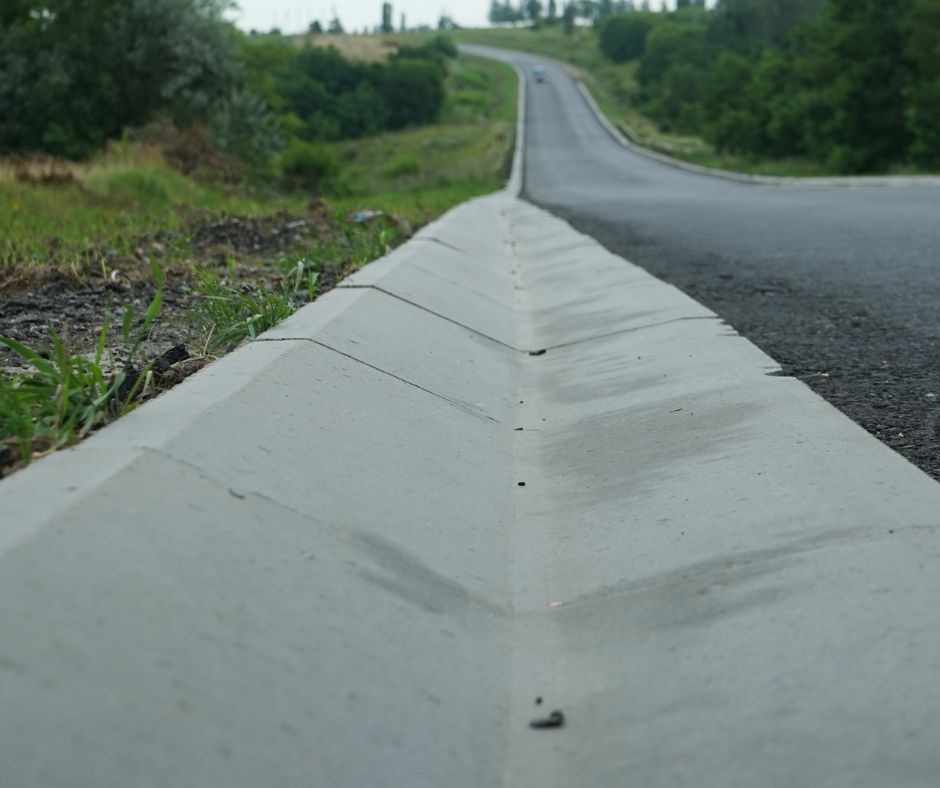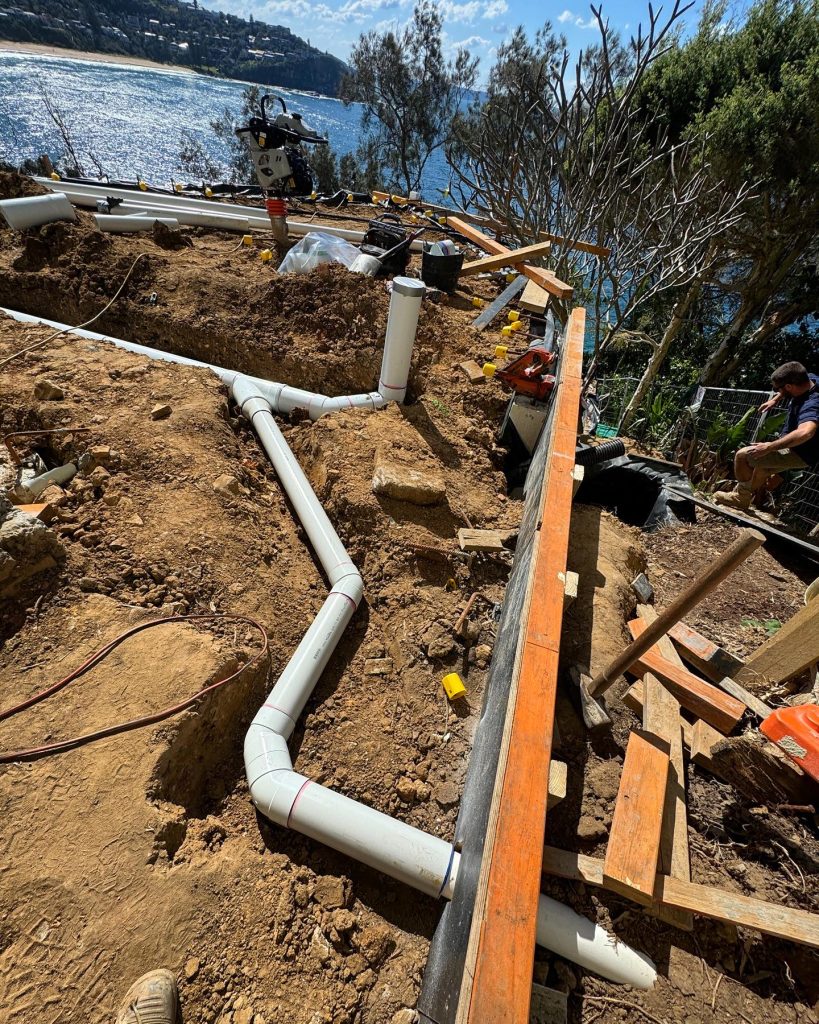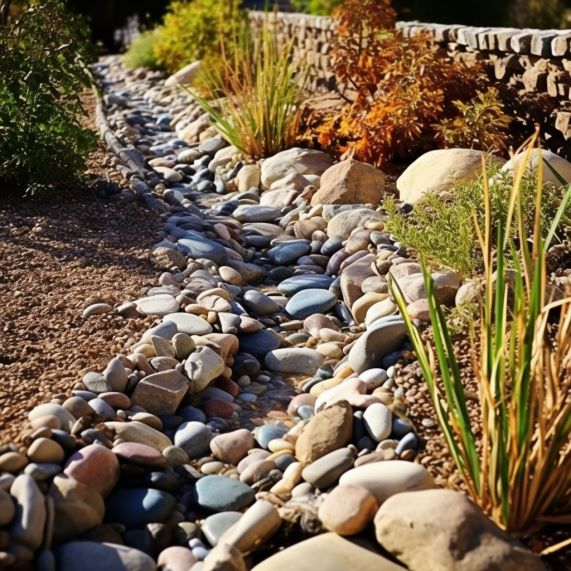Implement Proven Strategies for Effective Surface Water Drainage on Sloping Properties
Effectively managing surface water drainage is crucial for safeguarding your home, particularly when dealing with sloping properties. Inadequate water management can lead to severe consequences, including flooding, structural damage, and soil erosion. To protect your property, it is essential to take proactive measures. Engage in open discussions with your neighbors regarding water runoff and collaborate with your local council on stormwater management initiatives. By addressing these challenges directly, you can significantly mitigate the risk of damage and enhance the overall resilience of your home against water-related issues. Understanding these strategies is the first step towards maintaining your property’s integrity.

Identify Key Water Sources to Develop Effective Drainage Solutions
Understanding the origins of water-related issues is vital for implementing effective solutions. Water problems can arise from multiple sources, and accurately pinpointing these origins is the first essential step in addressing them:
- Upslope Neighbor: Rainfall runoff from properties located uphill can significantly impact your land, increasing the water burden during storms and potentially leading to flooding, which can cause long-term damage to your property.
- Your Property’s Slope: The natural slope of your land may exacerbate existing drainage problems, allowing water from higher elevations to overwhelm lower areas, resulting in erosion and damaging water accumulation.
- Roof Gutters and Downpipes: Overflowing gutters and poorly connected downpipes can create localized flooding around your home’s foundation, risking long-term structural damage if these issues are not addressed in a timely manner.
- Soil Composition: The presence of sandy soil over clay or underground springs can lead to problematic water accumulation, as clay restricts drainage capabilities, posing a risk to your property.
- Retaining Walls: Problems such as inadequate gravel backfill, failed waterproofing, or water pooling behind retaining walls can compromise their structural integrity and lead to further drainage complications that may require costly repairs.
Implement Effective Solutions to Overcome Drainage Challenges
Once you have identified the specific problems affecting your property, it’s essential to implement effective strategies to resolve them:
1. Addressing Runoff from Upslope Neighbors
Installing surface drains, such as swales or spoon drains along property boundaries, can effectively intercept and redirect water, preventing it from seeping into your soil. It is crucial to ensure these drainage systems are designed to direct water into your property’s stormwater system or the street, facilitating proper drainage and safeguarding your home from excess moisture that can lead to significant damage.
2. Managing Water from Your Own Property
Consider installing French drains beneath the surface to capture water runoff that has already infiltrated the subsoil, directing it safely away from vulnerable areas. This proactive approach is vital for preventing soil saturation, which could lead to additional weight and soil movement, ultimately impacting landscaping features such as retaining walls and raised garden beds.
3. Upgrading Overflowing Gutters
Enhance your gutters and downpipes by selecting higher-capacity options that can handle intense rainfall events. Additionally, consider installing gutter guards to prevent debris accumulation that can block water flow. Explore self-cleaning gutter profiles as a sustainable maintenance solution. It’s essential to ensure that your downpipes are properly connected to the stormwater system or a designated outlet, avoiding direct discharges into ag pipes that could lead to blockages and drainage failures.
4. Verifying Downpipe Discharges
Ensure that all downpipes discharge water downstream of your home. Ideally, all downpipes should connect to underground drainage systems that effectively direct water away from your foundation. This practice is crucial for protecting your property from potential water damage and ensuring long-term structural integrity by preventing water from pooling around your foundation.
5. Addressing Underground Springs
For properties with springs or areas where creeks have been previously filled, it is critical to gather and redirect this water efficiently. This process may require geological assessments to ensure proper management and mitigation of water flow, preventing unexpected flooding and damage to your premises, which can disrupt your living environment.

Adopt a Comprehensive Strategy for Effective Stormwater Management
For optimal stormwater management, homeowners should embrace a holistic approach that integrates various strategies to ensure effective drainage:
- Prioritize Gutter Maintenance: Regularly clean gutters and downpipes to remove any debris and prevent overflow issues. Confirm that all downpipes effectively discharge water away from your foundation by connecting them to underground drains or the stormwater system, which helps maintain the integrity of your property.
- Install Spoon Drains: Place spoon drains along driveways or paved areas to intercept water and redirect it before it can pool around your foundation, significantly reducing the risk of water damage that can lead to costly repairs.
- Incorporate Swales: Utilize swales in areas where water flow is more prominent to naturally manage runoff and disperse excess water effectively, contributing to a well-managed landscape that enhances both functionality and aesthetics.
- Complement with French Drains: In areas where water has already infiltrated the ground, French drains can capture and redirect underground water, working synergistically with surface solutions such as spoon drains and swales to enhance overall drainage effectiveness.

Discover Proven Techniques to Divert Surface Water Away from Your Home
One of the most effective ways to protect your home is to proactively prevent surface water from reaching it in the first place. Two highly effective techniques for managing surface runoff are spoon drains and swales. Implementing these solutions can significantly reduce the risk of water-related damage, thereby enhancing the overall safety and longevity of your property.
Understanding the Benefits of Spoon Drains for Effective Water Management
Spoon drains are shallow, concrete-lined channels that are strategically designed to collect and redirect surface water away from your home. When installed along the edges of driveways, paths, or property boundaries, these drains effectively prevent water from flowing towards your foundation. Their unique curved design ensures efficient water capture, even during heavy rainfall, guiding runoff safely to stormwater systems or designated outlets for proper drainage, protecting your home from potential water damage.
Utilizing Swales for Natural and Sustainable Water Management
Swales are gently sloped, grass-covered ditches designed to slow and redirect water flow effectively. These aesthetically pleasing features are particularly beneficial for larger properties or those with expansive acreage, as they can blend seamlessly into the landscape. Swales not only capture and disperse runoff, but they also play a vital role in reducing erosion and promoting natural infiltration into the soil, ensuring that water is managed sustainably and effectively, which is critical for maintaining a healthy environment.
Take Immediate Action to Protect Your Home from Surface Water Issues
Don’t let water jeopardize your home’s foundation or structural integrity. Contact SoccerBets Plumbers today to learn how our drainage experts can effectively tackle the surface water drainage challenges you are facing. Trust the expertise of Sydney Drainage Plumbers to safeguard your property against water-related issues and ensure a dry, secure environment that protects your investment.
The Article: Surface Water Drainage and Effective Stormwater Solutions first appeared on https://writebuff.com
The Article Effective Stormwater Solutions for Surface Water Drainage Was Found On https://limitsofstrategy.com


You’ve raised an important point about the necessity of proactive surface water management, particularly on sloped properties. In my own experience with a property situated on a hillside, we faced challenges with water runoff that impacted not only our home but also our neighbors. We implemented a combination of swales and rain gardens that not only redirected water effectively but also enhanced the natural aesthetics of our landscape.
Reading your insights on surface water drainage for sloping properties really resonates with me. I’ve been grappling with some water runoff issues at my place, which is nestled on a bit of a hill—definitely not the easiest situation to manage! Your emphasis on identifying the key water sources before jumping to solutions is something I’ve learned the hard way. Initially, I tried to address the symptoms without understanding where the water was coming from, and that led to more frustration and ultimately, more damage.
Ah, the classic battle against Mother Nature’s puddles—grabbing your raincoat and rubber boots might not be the solution here! I once lived on a slope that could have hosted a small Olympic event in water runoff. After a particularly torrential rain, I discovered my backyard had taken on the charming ambiance of a village pond. Fun for ducks, not great for property values!
This topic resonates deeply with me, as I’ve personally experienced the challenges of managing surface water on a sloping property. A few years back, we had a heavy storm that resulted in significant runoff from our neighbor’s yard, leading to water pooling around our foundation. It was a wake-up call that made me realize how interconnected our water management strategies are in a community.
Your post on surface water drainage really resonates with me, especially since I live on a sloped property myself. I’ve faced my fair share of challenges with water runoff, particularly during heavy rainstorms. It’s fascinating how an often-overlooked element like drainage can play such a significant role in protecting our homes.
Living on a sloped property definitely comes with its unique set of challenges, especially when it comes to managing water runoff. It sounds like you’ve had some tough experiences during those heavy rainstorms. It’s interesting how water drainage often takes a backseat in home discussions until we’re knee-deep in the issue.
This piece on surface water drainage really resonates with me, especially as someone who has dealt with similar challenges on a sloping property. It’s incredible how often we overlook the importance of properly managing drainage until we’re faced with problems—like the time I discovered water pooling in my basement after a heavy rain, despite feeling confident that I’d taken precautions.
Managing surface water drainage, especially on sloping properties, certainly presents unique challenges that many homeowners, including myself, must navigate. In my experience, working closely with neighbors has proven invaluable; we conducted a community assessment of our landscaping and drainage systems, which helped us identify and address issues collaboratively. I found that simply sharing information about local stormwater management resources not only enhances our property values but also fosters a sense of community resilience against water-related problems.
It’s great to hear how you and your neighbors tackled surface water drainage together. It really underscores the power of community when it comes to these issues. Sharing information about local stormwater management resources can make such a difference—not just in terms of enhancing property values, but also in building a support network.
It’s interesting how managing surface water drainage can really bring neighbors together. Your community assessment sounds like it must have generated some great conversations and ideas. I’ve noticed that often, homeowners feel isolated in dealing with these issues, so it’s refreshing to see a collaborative approach like yours.